Originally a distillate factory, then non-functioning for many decades, the historical building is now being given new life and fresh identity while keeping its story alive. The Distillery is an organic body with potential for expansion in different directions, it can absorb various subjects from which to be influenced and grow with. The typology of the Social Reactors is designed as a hybrid, which is able to adapt in time to the needs of the entities using it.
The working spaces are designed to better support the worker engagement, satisfaction, and performance. The layering in alternative spaces that support collaboration enables the connections that drive success in today’s knowledge economy. The proximity and availability of alternative workspaces, both in and out of the office, are key to providing for effective collaboration. One of the latest and most impactive structural interventions was carried out at the second and third level of the building, where the central beam system was removed to create a double height hall and two balconies facing the central space. The former is meant for presentations, lectures, and workshops, while the upper balconies are dedicated to designers’ ateliers and offices. Originally part of a Distillate factory founded by a Jewish family in the early years of the 19th century, the four-story structure is the last one standing out of seven connected buildings. The new programme is distributed across all three levels of the building, and the multiple functions are spread out across different spaces, creating a dynamic and challenging working environment.
Driven by the succession of programs hosted since its new occupants moved in, all restoring interventions were carried out in order to best utilize the spaces through their inherited qualities. For instance, before its latest stage as a coworking center, the main hall used to function as an event venue and later as an art cinema. The need for heat and acoustic insulation led to the installation of a continuous rubber strip along its walls. Most recently, a double floor box-like addition was introduced to accommodate a shared meeting room, a kitchenette, a library and working spaces on its upper part. Built out of recycled materials from previous events, the wooden structure is surrounded by polycarbonate and corrugated plastic. In order to improve the qualities of services, a bar was introduced in the inner yard, by engaging the existing historical elevator.
The project is the first prototype of Social Reactor, KOGAA’ s slow development lab tackling the problem of inactive structures and their adaptation into substitute functions. Within the context of a post-industrial city with a strong past in textile production, The Distillery is a representative example of how a vacant property can become a vibrant location, playing an active role in the urban and economic transformation of the surrounding neighborhood and life of the city.
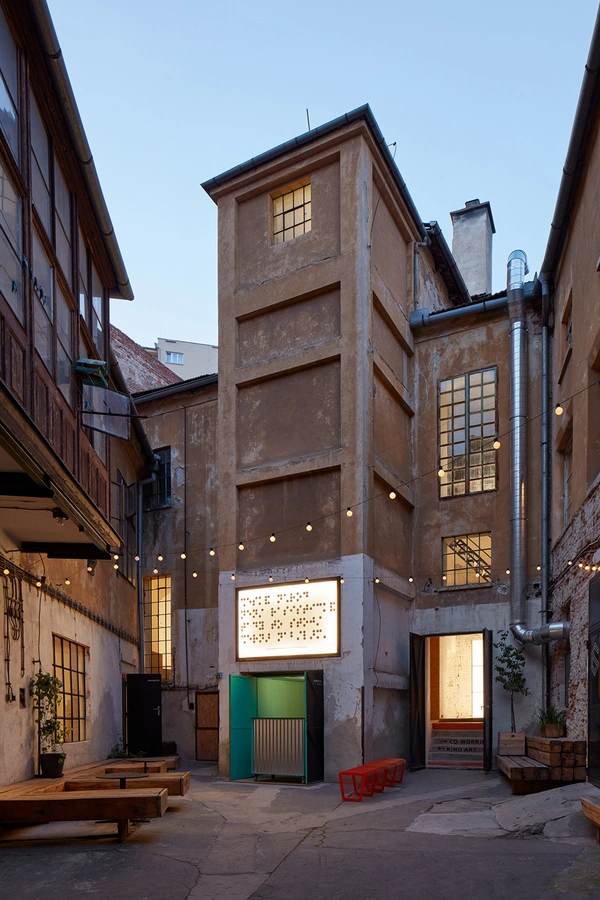
Yard photo by Boys Play Nice
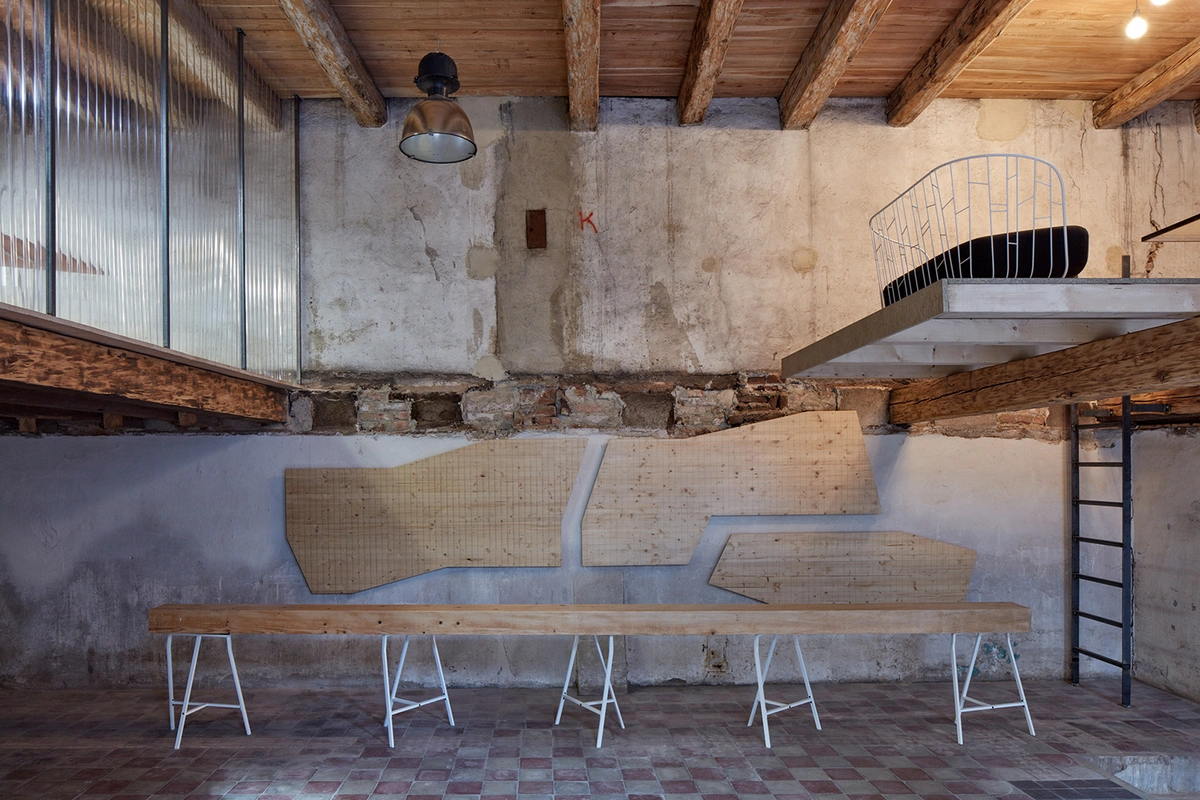
Events space photo by Boys Play Nice
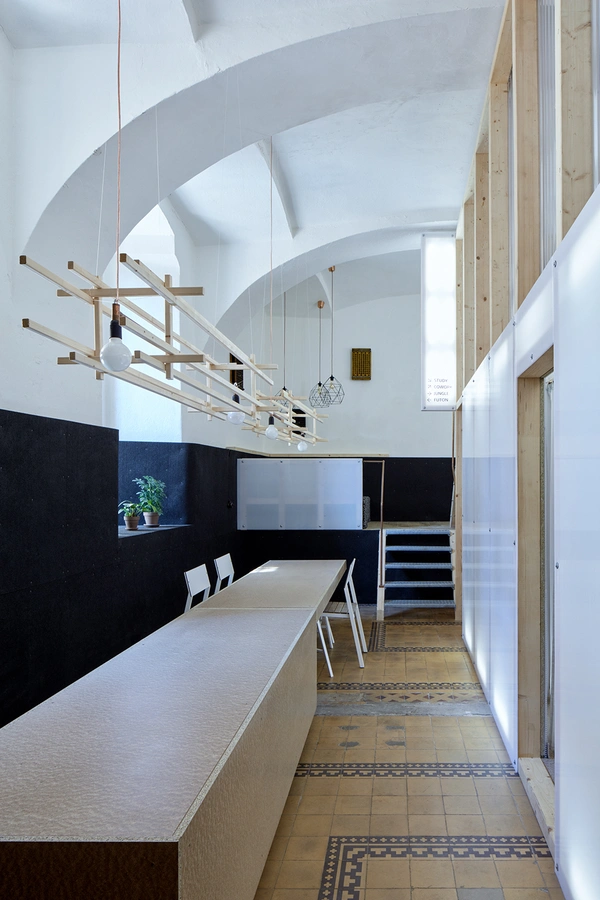
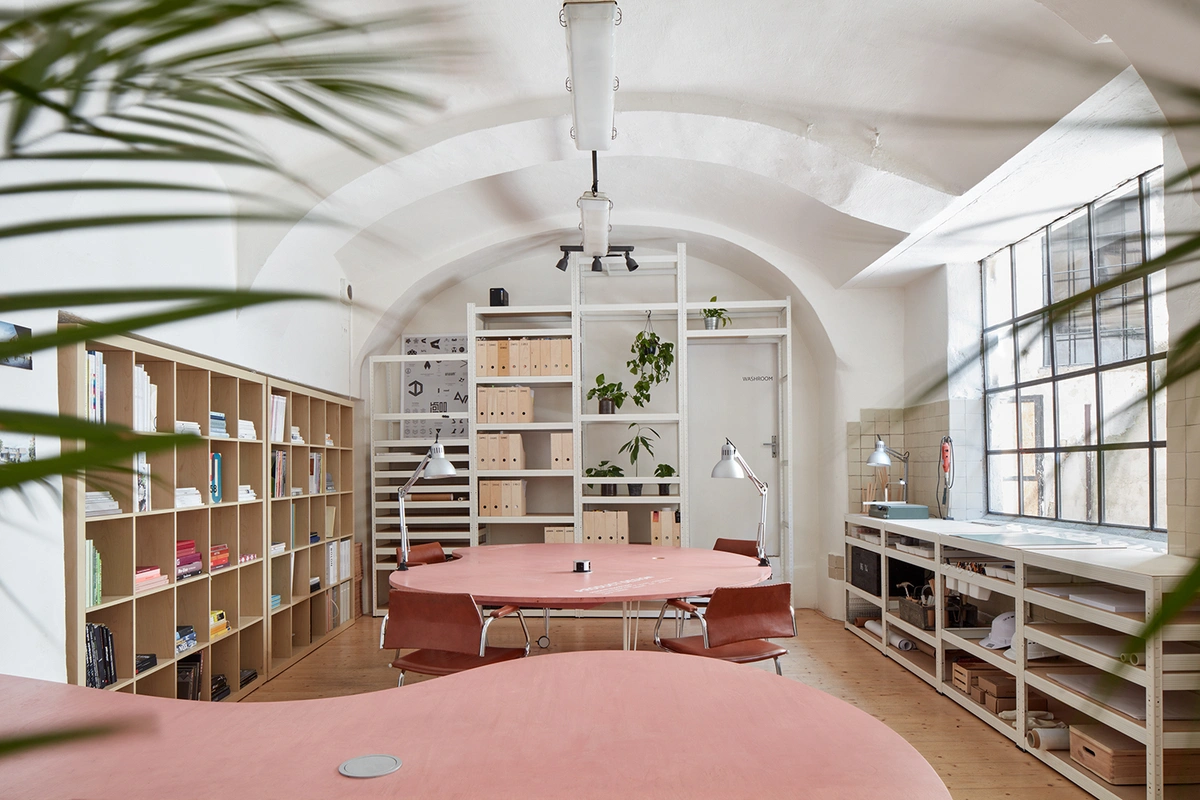
Office space photo by Boys Play Nice
At KOGAA we substance for the built environment, committing to projects with a positive impact on users, communities, and the local context. Through our projects, we tackle the issue of inactive structures and their adaptation into substitute functions. The Distillery, KUMST, and DADA Distrikt projects are representative examples of how vacant properties can become vibrant locations, playing an active role in the urban and economic transformation of the surrounding neighborhood and life of the city.
Based on a strong belief that the more the architect is involved in the whole process, the more efficient, coherent, and sustainable the building is, we take pride in leading projects throughout the whole process from the strategy and business plan, through concept and feasibility studies, to technical documentation and getting the permissions, all the way to construction administration, and the strategy to generate attraction.
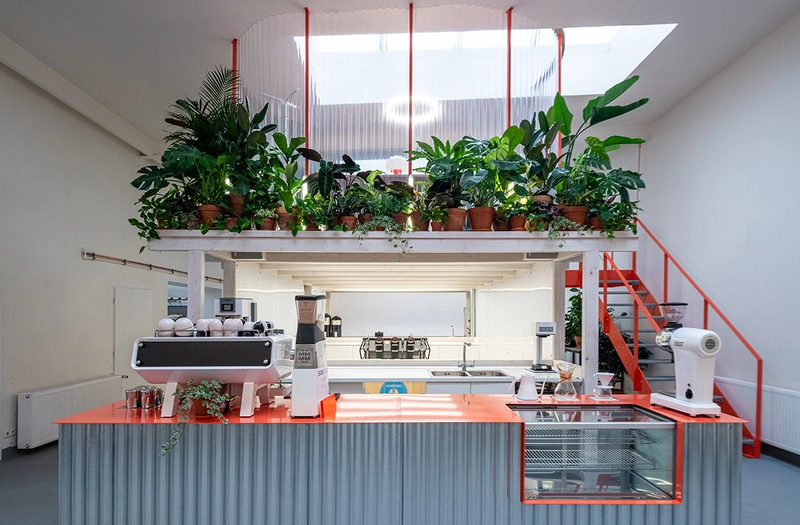
GROUNDS is a coffee hub in Prague's developing area of Karlín. Tucked inside an inner yard of a vibrant office and residential street, the hub works as a neighborhood cafe where coffee is being served straight from its own roastery. In order to cut the costs but also learn how the architecture and spaces relate to their production processes, the construction was made hands-on and designed-by-building together with the coffee community running the place.
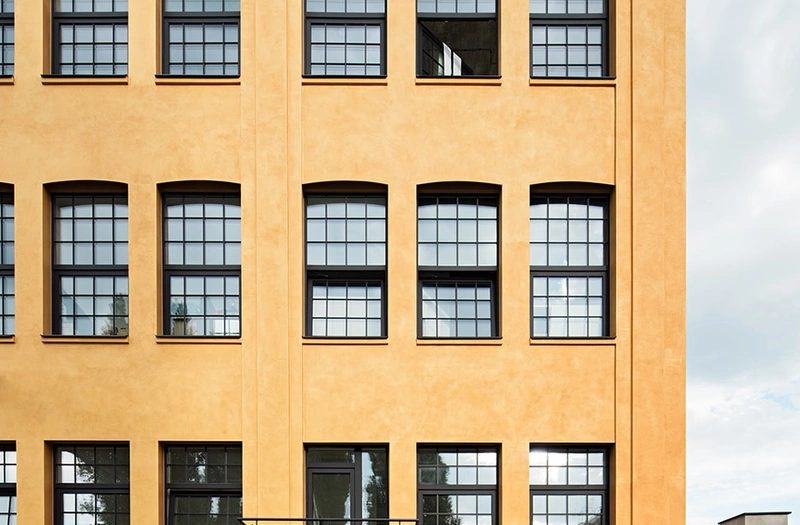
With real estate prices in the Czech Republic among the highest in Europe, the local market lacks affordable housing and therefore calls for alternative development solutions that would also be able to strengthen the quality of public spaces.
DADA Distrikt provides a locally unique proposition to the problem: the previous storage facility has been adapted into a mixed-use and residential complex with a variety of shared and community spaces.
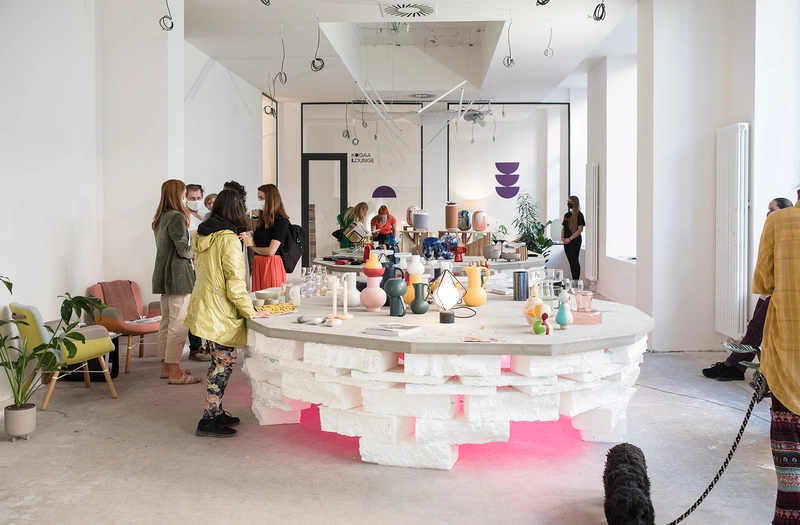
KUMST. The building is being converted into a new mixed-use community facility for the creative industry. It will include a showroom with local creative’s work, a cafe, a large hall for events, shared meeting rooms, and 3 floors of studios, ateliers, and a coworking space for the creative community.
Photo by David Korsa
